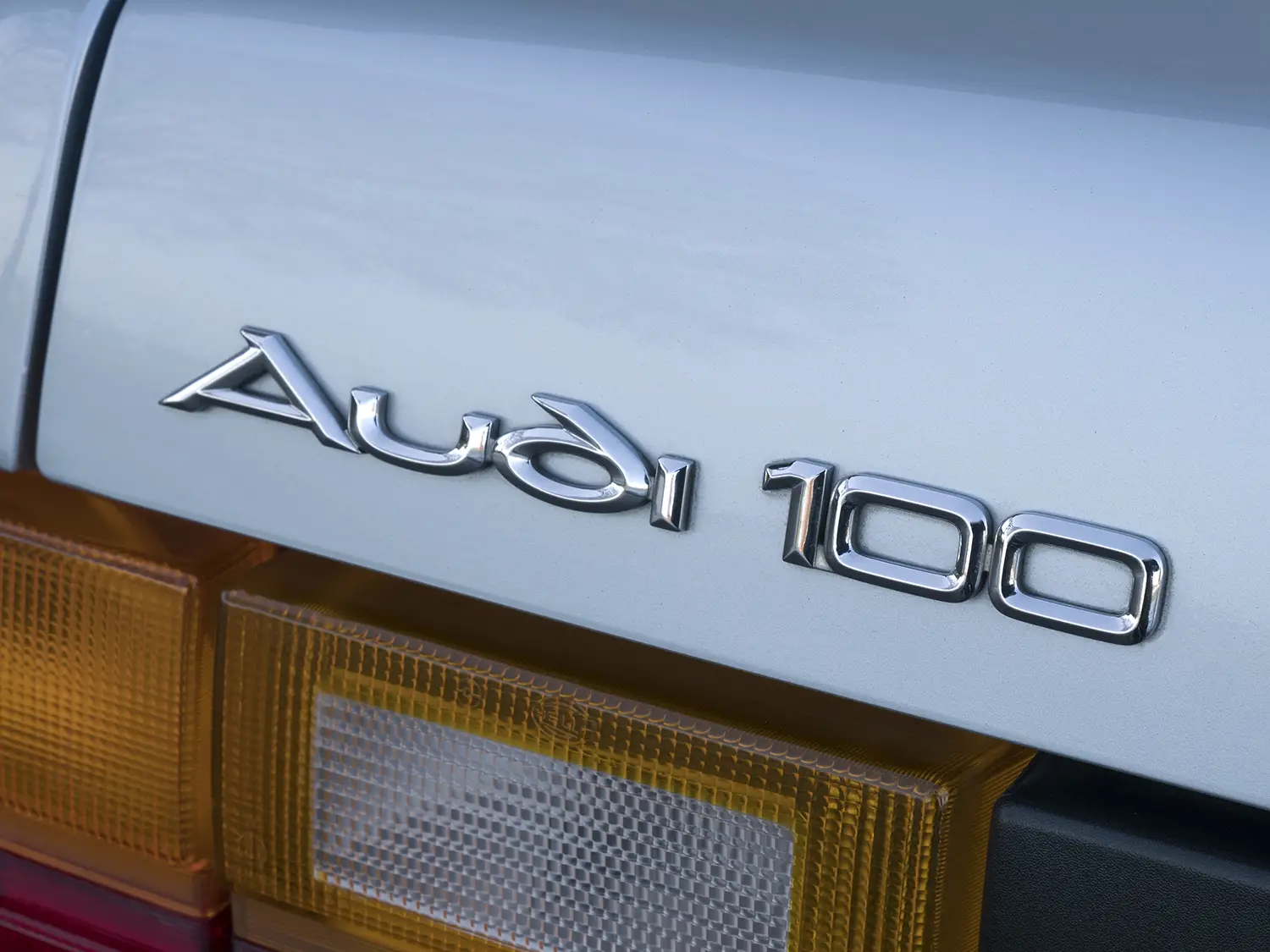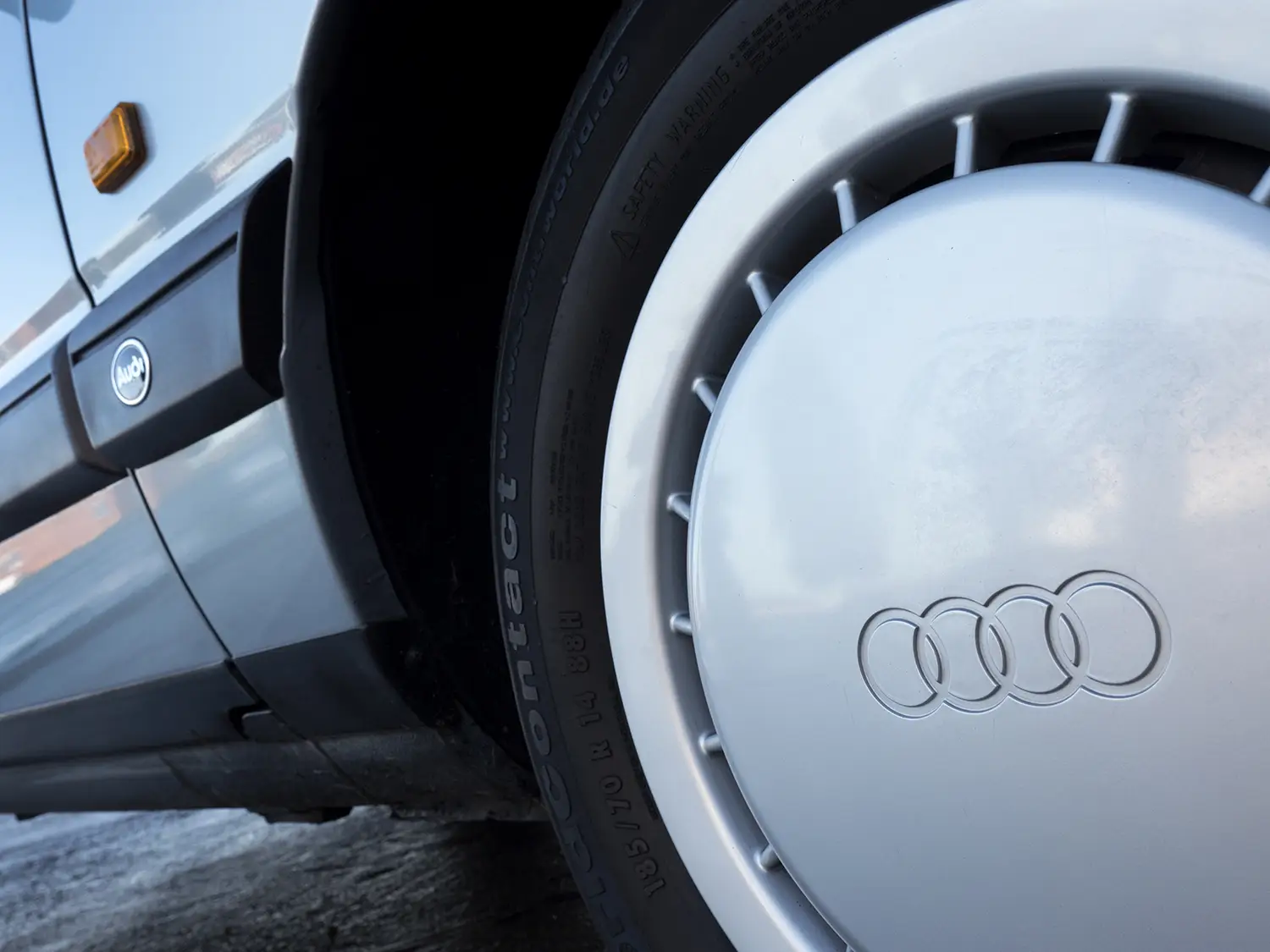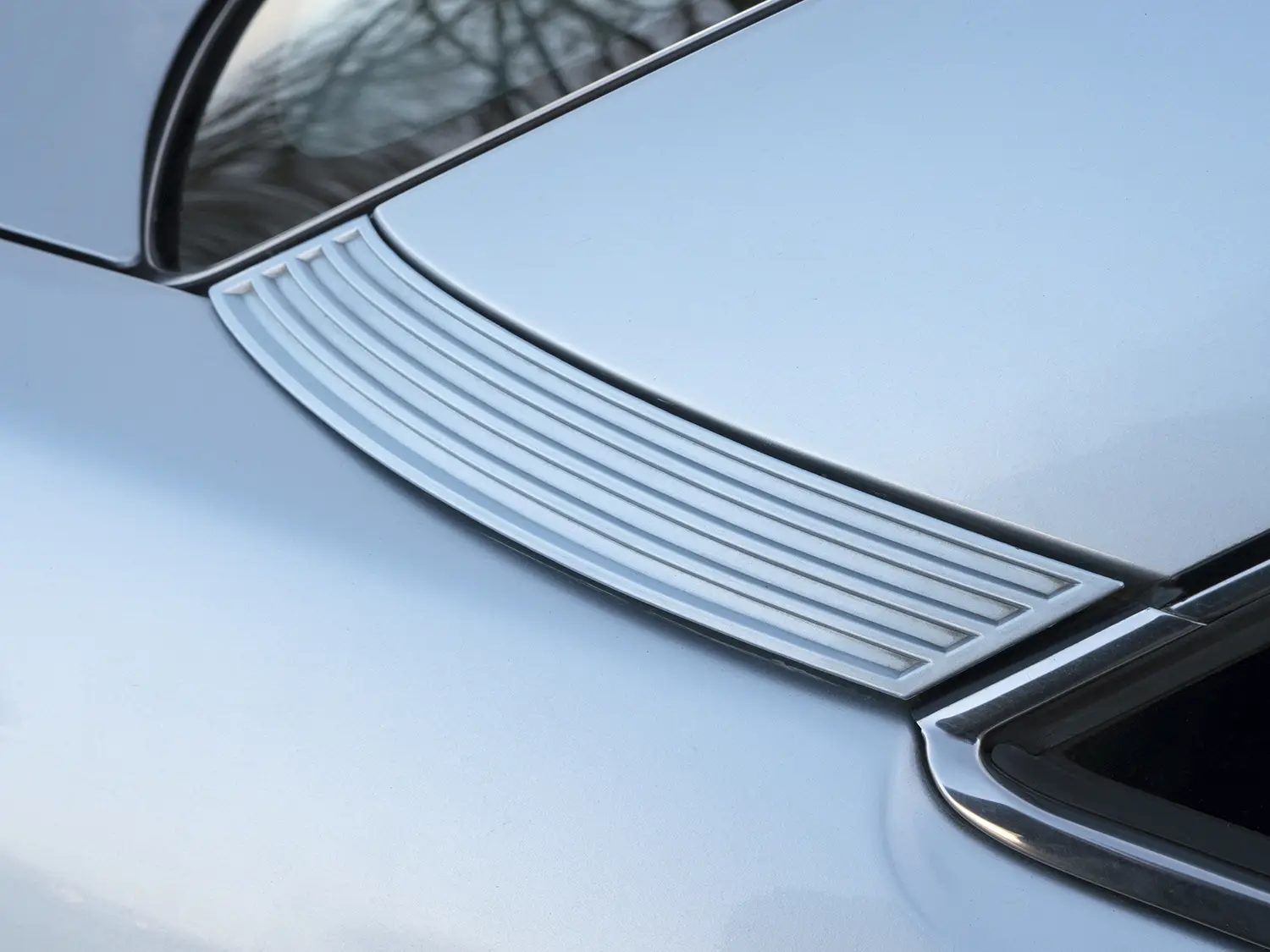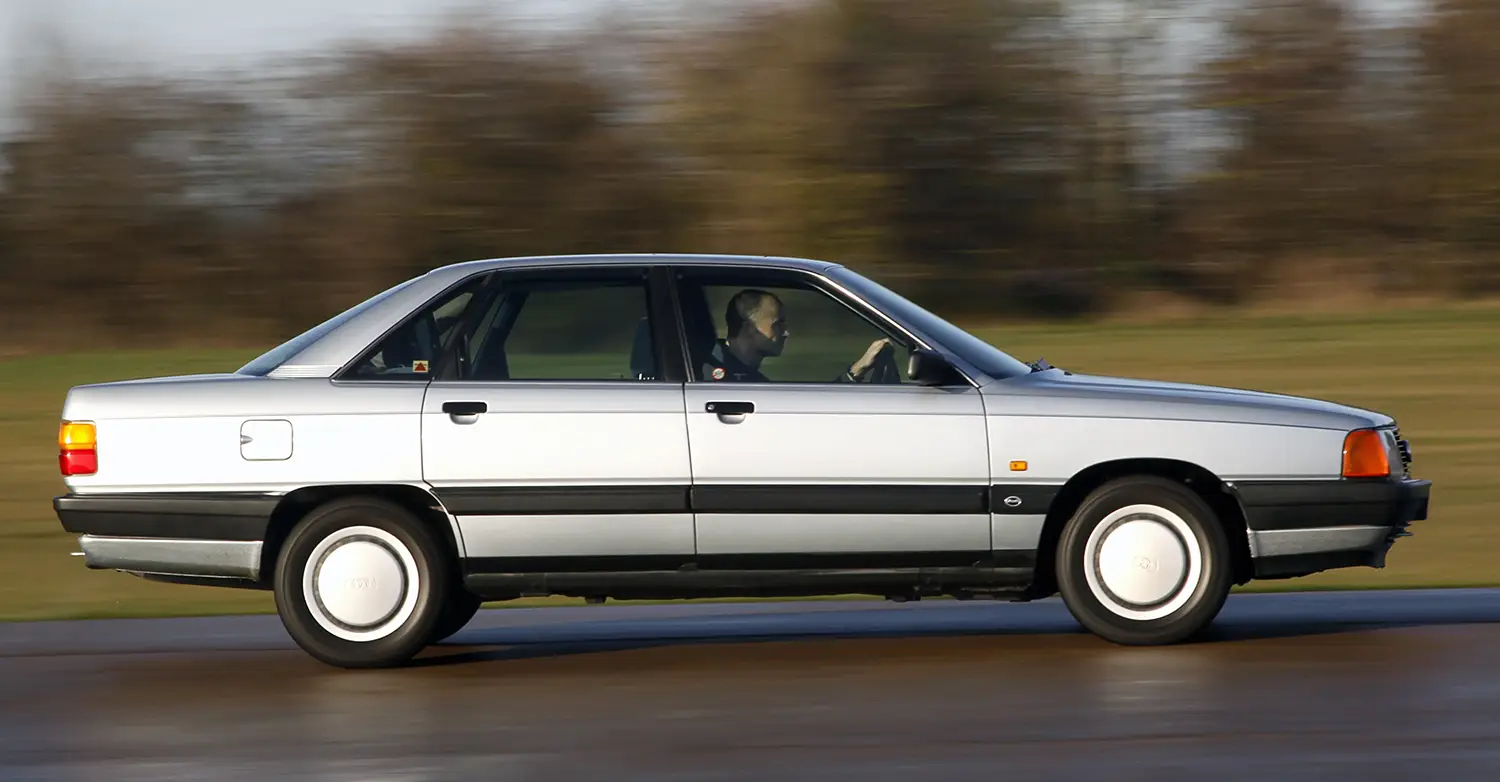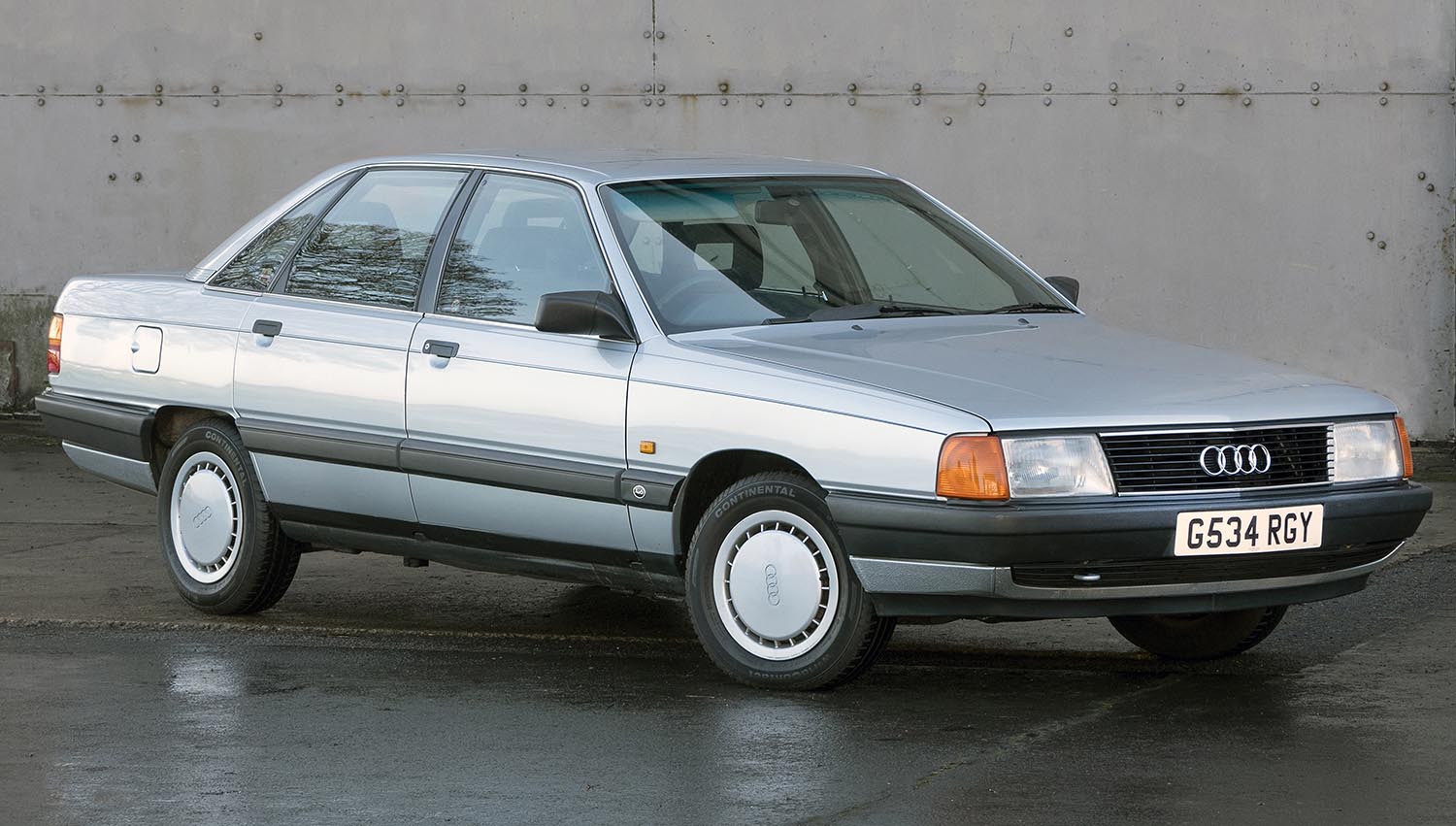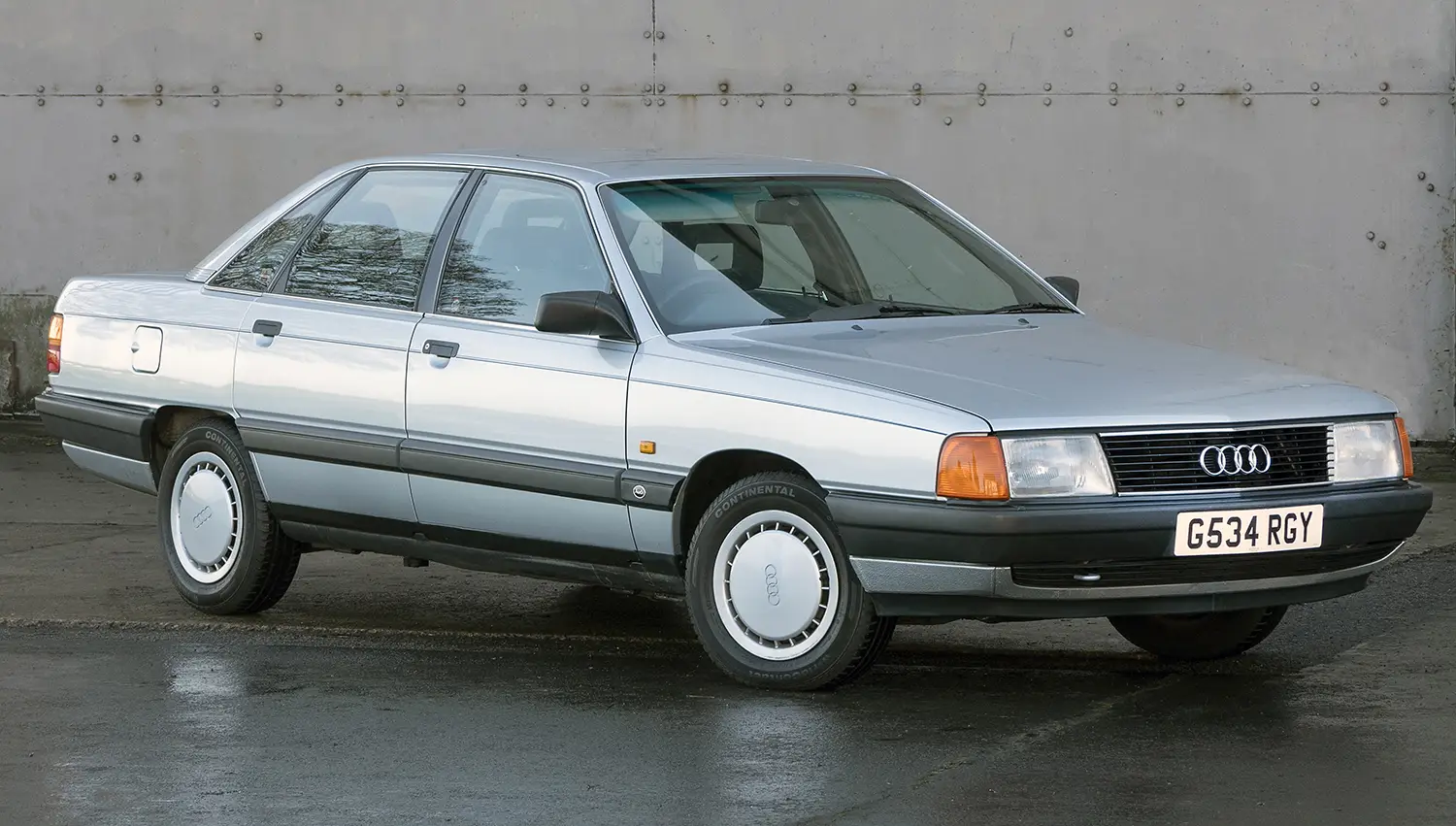
The 1989 Audi 100 Saloon Aerodynamics tells a story of purposeful innovation and risk. When this third-generation model, known as the C3, launched, it left rivals briefly speechless. This sedan was not simply an incremental improvement over its predecessor. It was a technical statement that firmly positioned Audi as a leader in executive car design. This quiet revolution challenged the established luxury order.
The Aerodynamic Champion: Design Mastery
The defining feature of the C3 generation was its groundbreaking aerodynamic shape. It achieved a drag coefficient of just 0.30, which was a world-class figure at the time. This feat was accomplished by integrating elements like its steeply raked windscreen and smooth body contours. The exceptional efficiency improved fuel economy and reduced wind noise significantly. This was crucial for establishing the 100 as a refined long-distance machine.
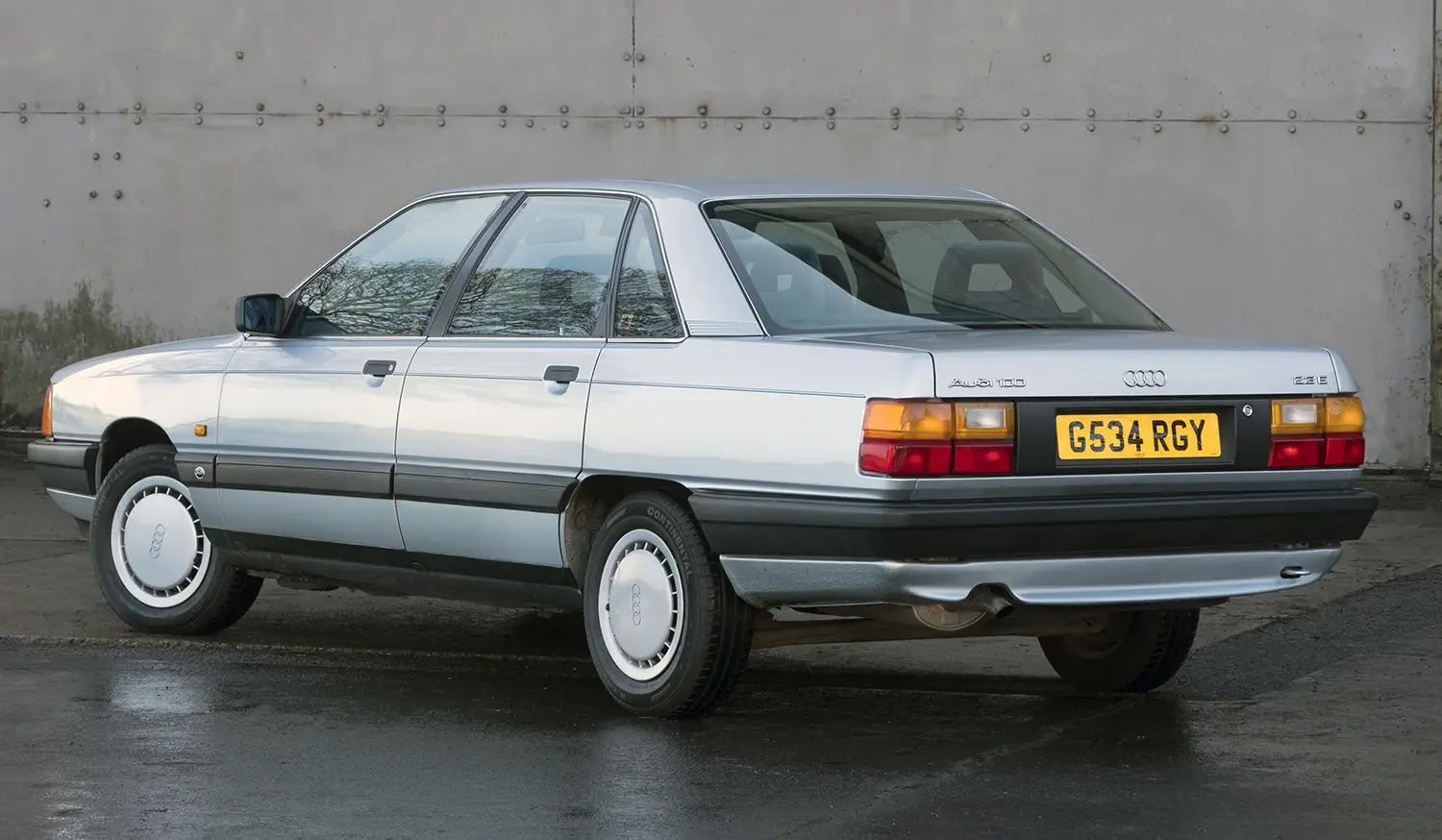
Flush Glazing: A Game-Changing Detail
A key innovation contributing to the low drag was the use of flush-fitting side windows. Unlike previous designs, the glass sat almost perfectly flat with the surrounding bodywork. This reduced turbulence and improved the car’s aesthetic cleanliness. Flush glazing is now a common feature across all modern cars. However, its widespread adoption began largely with this significant Audi 100 design. It showcased Audi’s commitment to technical sophistication.

Engineering for the Future: Engines and Chassis
Underneath the slippery bodywork, the 100 offered a wide range of reliable engine options. Audi maintained its popular five-cylinder engine architecture in many of the higher trims. These five-cylinder units provided a distinctive sound and a smooth, linear power delivery. The car also utilized sophisticated suspension geometry to ensure comfortable and predictable handling. These engineering choices proved the 100 was more than just a handsome face.

The C3’s Galvanised Body and Longevity
Audi was also a pioneer in using fully galvanised body panels for corrosion resistance. By 1989, the full C3 range benefited from this advanced process. This commitment to anti-perforation significantly extended the model’s lifespan. The galvanisation process added to the 100’s reputation for superior build quality and durability. This focus on longevity became a hallmark of the Audi brand in the late 1980s.
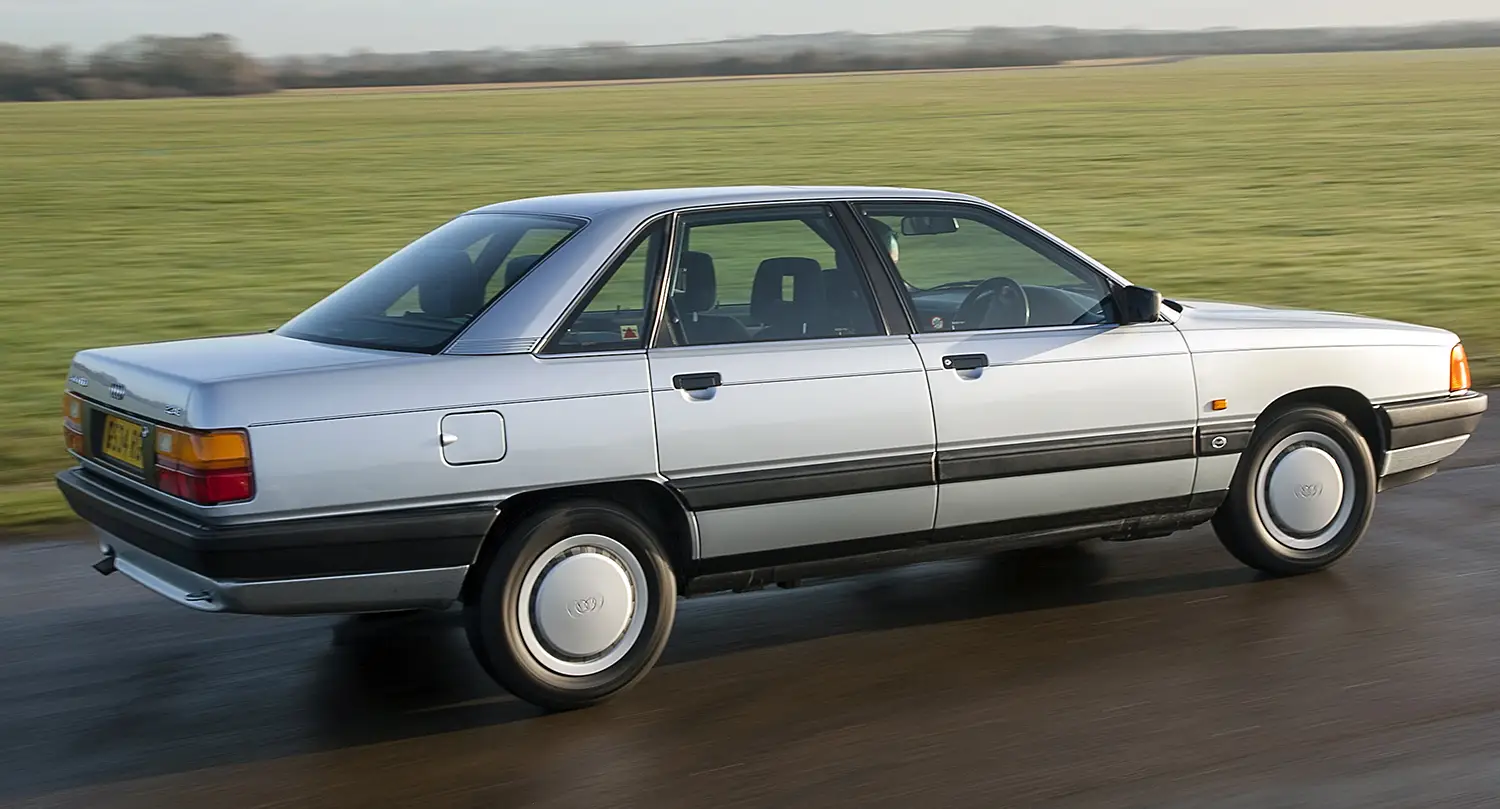
Power, Specifications, and Performance
A popular engine option for the 1989 Audi 100 Saloon was the 2.3-liter inline five-cylinder. This strong petrol unit typically delivered around 134 horsepower (100 kW). With this power, the mid-sized sedan could accelerate from 0 to 62 mph in approximately 10 seconds. Its top speed was well over 200 km/h (124 mph). Later models also offered the permanent quattro all-wheel drive system, boosting traction and control. This combination of efficiency and capability made it highly competitive.
The 1989 Audi 100 Saloon Aerodynamics represents a pivotal moment in automotive history. It successfully merged clean, wind-cheating design with advanced construction and reliable German engineering. The revolutionary C3 established a new benchmark for technical leadership in the mid-size segment. This enduring commitment to innovation remains a cornerstone of the Audi brand today. The car is rightly acknowledged as an instrumental Auto Icon.
Disclaimer: Content on this site is for informational purposes only. Vehicle specs, pricing, and availability may change. Always verify details with official sources before making decisions. Opinions are those of the authors.
Source: Audi
